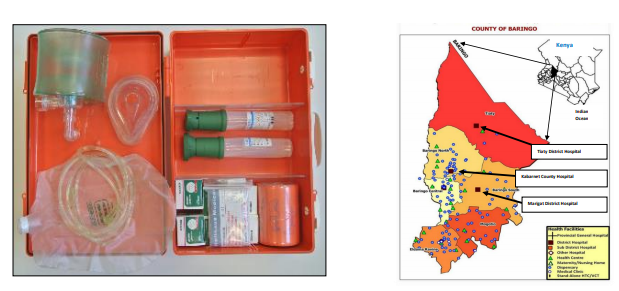On the 20th February 2018, the Advances in Herpetology module took a group of students to the Liverpool School of Tropical Medicine (LSTM).
During this visit Rob Harrison, from The Alistair Reid Venom Research Unit at LSTM, gave a talk titled ‘The challenges we face to reduce the medical and socioeconomic burden of tropical snakebite‘.
This is a summary of that talk.
What is snakebite?
It is a medical emergency and neglected tropical disease resulting in 125,000 deaths and 375,000 disabilities globally each year.
It kills 1:4 the number of people dying from malaria, and 1:2 the number of people dying in India from HIV each year.
Most bites from venomous snakes occur in Asia and Africa… case fatality rates are highest in Africa.
Why is it an issue?
Snakebite as a medical emergency is caused by a variety of different venomous snakes.
Each snake has a unique combination of venom proteins making it difficult to create effective, cheap antivenom that will work against a variety of different snake venom.
How does it affect people living in poverty?
The venom from these snakes can cause a variety of different complications, from local tissue-destruction to lethal systemic effects.
These symptoms require rapid, hospital-based treatments, which can be exceptionally expensive.
Antivenom is the most expensive neo-tropical disease treatment, some of which will be used incorrectly resulting in potentially life-threatening allergic reactions, and others are so ineffective it will leave families in debt for years.
In impoverished populations who live in remote communities, hours away from hospitals, many victims of snakebite end up dead from lack of treatment, or disfigured meaning they cannot work, marry or live alone.
In rural, remote communities with under-sourced health infrastructures, how are we supposed to help reduce the global burden of snakebite?

What challenges do we face in reducing the burden?
We need to treat:
- Variant venom-induced systemic pathologies with little or no diagnostic aids
- antivenom-induced adverse effects (allergic reaction to the antivenom)
- and venom-induced tissue necrosis
Most importantly, the resultant clinical tools need to be effective, affordable, and safe!
What can we do?
Spread the word of the neglected tropical disease that is snakebite. Get people aware and when travelling, try your best to educate rural communities on how to reduce the risk of snakebite.
More importantly however, you need to listen. Many rural communities already know how to avoid being bitten, but most can’t afford to limit the risk altogether. They can’t afford shoes, or to not harvest their crops by hand, or to store water in their houses.
What’s been achieved?
African Snakebite Research Group was set-up to help limit the fatalities of snakebite in two African countries; Nigeria and Kenya,
Their goals include:
- Establish pre-clinical antivenom-efficacy testing facilities in Kenya, and Nigeria.
- Establish region-specific first aid, hospital and rehabilitation guidelines, and clinical training.
- Set-up the Snakebite Emergency Response System (SERS)
SERS is an equipped motorcycle-ambulance that can reach rural areas in around an hour, with life-equipment such as an incubator and a stretched designed to get the patient much-needed hospital treatment ASAP.

Ambulance drivers will have cell-phones, as will one person in each community, in order for quick and efficient contact to be made with paramedics. This also allows for responsible first aid to be administered quickly.
Conclusion
I believe that snakebite is a real and devastating neglected tropical disease that needs vast media attention in order to ‘light the fuse’ so to speak, and get the world to take notice and take action.
Learning about the way it affects those in impoverished situations is surprising and heart-breaking.
Hearing about it on the news you seem to distance yourself from it, but hearing about it in a lecture, with peer-reviewed journal articles, documentaries and world-famous herpetologists is another thing entirely.
If so much academic research can be done on one topic, then why can’t someone take notice and actually do something about it? In the time Ebola was nearly wiped out, snakebite killed more people, and yet nobody payed attention because it wasn’t happening in western countries.
Why wasn’t it happening in western countries? because we have the money to educate, to afford antivenom, and to get people to hospital in time to save their life, or their limbs.
We need to invest more in countries that need it the most.
Link to Minutes to Die, a documentary addressing the global issue of snakebite…

Pingback: Thoughts of a tired blogger – Herpeton Travels